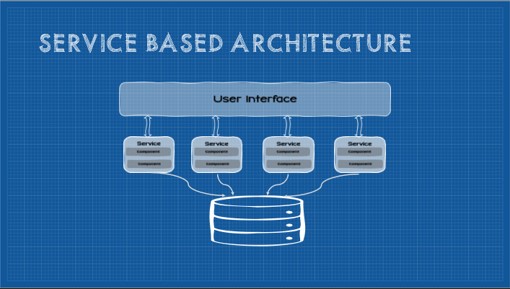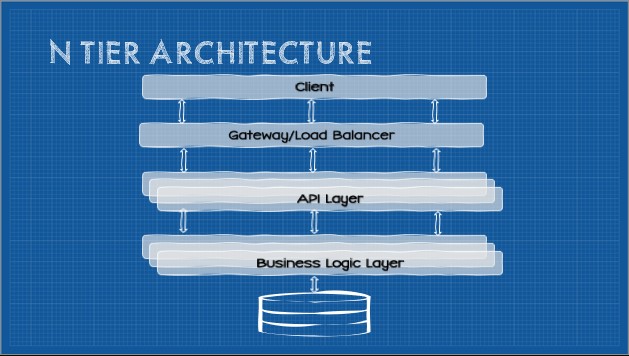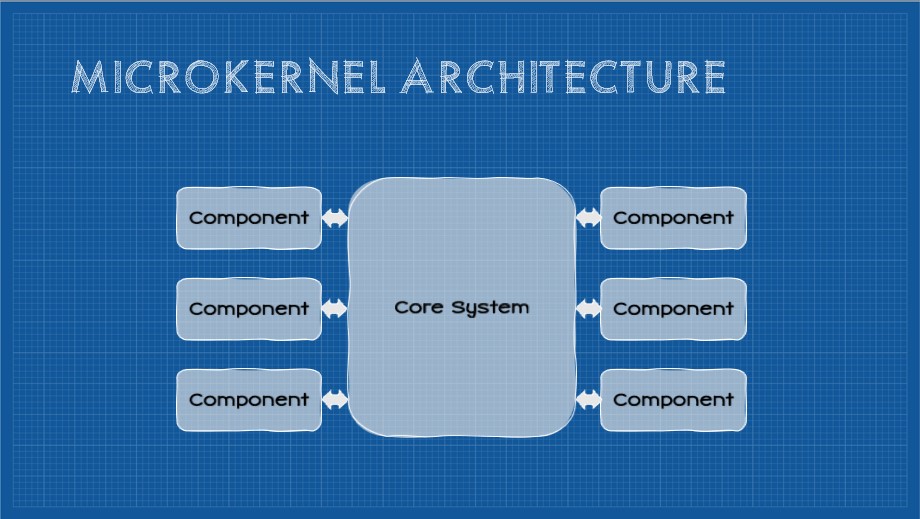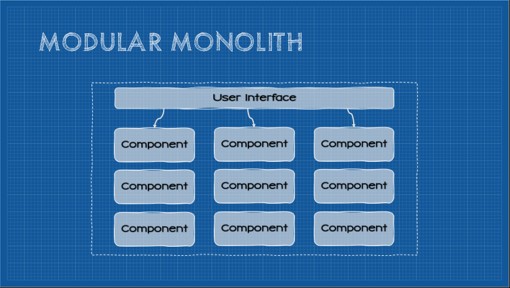Abstract Style: Space-Based Architecture

Many developers strive for elegance efficiency in their code. Imagine a hypothetical developer who takes this too far. Perhaps this developer looks back in shame at the sloppy, inefficient implementations their much less experienced self had written. They were, undoubtedly and objectively, “bad.” Over time, their code grew cleaner and more efficient. They could measure progress in wall-clock time, algorithmic complexity, or other quality metrics. Somewhere, however, the pendulum swung too far. If their “bad” code was slow, and their “better” code is faster, it stands to reason that even faster is even better. They reached a point where they would squeeze out every spare microsecond at all costs. The result was difficult to read, change, and understand; perhaps “the juice was not worth the squeeze.”
Performance can be a valuable system capability, but only in context. Remember the “Mad Potter’s” wisdom on the difference between “a lot” and “enough.” Architecture trade-offs must be considered in many dimensional contexts. Never trade an excess of one capability for a deficit of a more important capability. That said, sometimes performance is among that short-list of business-critical capabilities–perhaps at the very top. What constraints induce high-performance at the architectural level? Read on to learn about the Space-Based Architecture.






